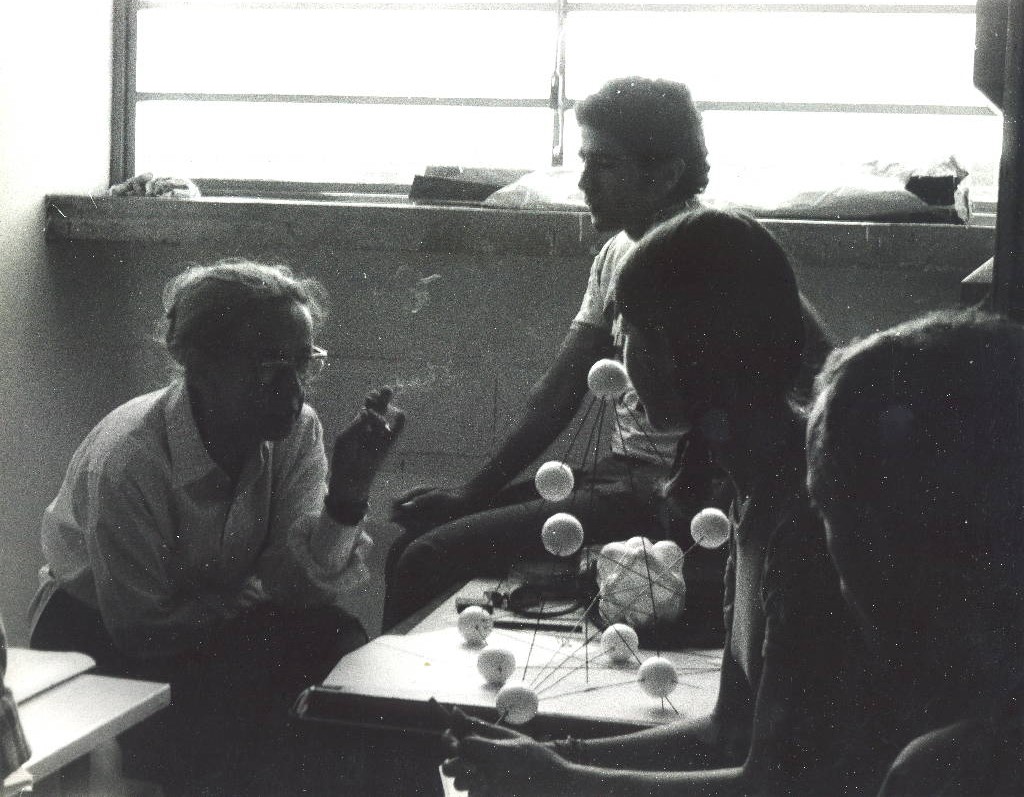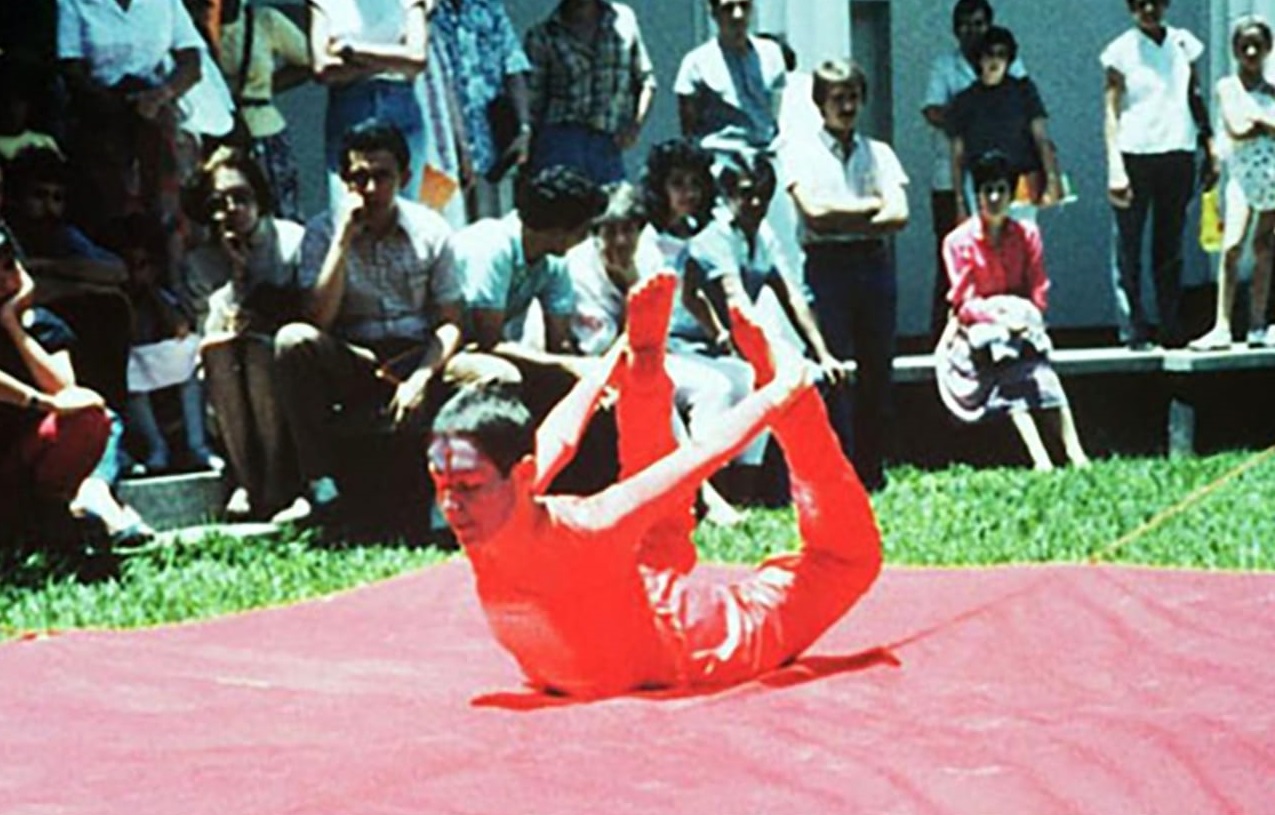Women, Art and Hierarchy. The Formative References of Artists in Venezuela
05/08/2023
Who has forged and shaped the referents (and possibly the canon) of Venezuelan art? [...] We will attempt to map possible indications of the establishment of a canon through the most influential referents, questioning the place given to art produced by women (and its themes) within that "canon."
The underrepresentation of art produced by women in the international art scene and museum collections has prompted a series of necessary revisions of the work of women creators from different periods, who have been unobserved or omitted by the dominant discourses. However, some critics insist on pointing out that, despite the efforts, there is a fundamental hindrance to achieving a paradigm shift in the art of our time: the immovability of the figure of the male artist and of works related to the "masculine" as the canon of art history. In the art world, the canonical reference of what is understood by 'art' and by 'artist' continues to allude to that produced by men.
Canon and Hierarchy
But what is the canon? It is a discursive form that establishes which objects and texts are products of excellence, thus governing the construction of art history and knowledge. It is established by the art system itself, which encompasses artists; collectors and galleries; curators and critics linked to institutions, and audiences; however, only the first three of them act as legitimizing and standardizing agents.1 For the feminist anthropologist Lourdes Méndez Pérez, this system, which responds to the order established by the differential valence of the sexes2 in our society, "hierarchizes the masculine and the feminine, attaching a higher value to the masculine than that given to the feminine."3 Consequently, over time, the establishment of the male referent, generally associated with the figure of the "genius" and as a preceding authority that establishes the rule, has been incorrectly assumed as a "natural hierarchy."
Hence, no woman stands as a canon or is labeled as a "Great Artist," and the women who have achieved recognition are considered singularities. Likewise, the "non-canonical" is understood as an imitation of the rule, so that all which is not validated or established as a canon by the art system is simply a copy of a preceding master, in most cases, belonging to the European or North American culture.
If the canon shapes and determines the art created and the knowledge produced around it, one may wonder whether through the inclusion of new referents in the formative stage of the creators, the iron dichotomy that confronts men (referent) versus the other (be it women, minorities, native peoples, etc.) could be undone, or whether the sheer competition within the same structure of norms and standards would reaffirm the very existence of the canon.
In this sense, who have been established as referents in Venezuelan art in the last two decades? Who has forged and shaped the referents (and possibly the canon) of Venezuelan art? Based on a questionnaire survey applied to a group of artists from different generations in September 2022, we will attempt to map possible indications of the establishment of a canon through the most influential referents, questioning the place given to art produced by women (and its themes) within that "canon."
Referenced Institutions and Teachers
Ninety-two artists, residing both in Venezuela and abroad, participated in this survey, with an age range between 20 and 80 years old, of whom 91.3% stated that they had received formal art education, while 8% identified themselves as self-taught.
22.5% of the artists consulted studied at the Instituto Universitario de Estudios Superiores de Artes Plásticas Armando Reverón (IUESAPAR), created in Caracas in 1991 as an institution resulting from the project for the Escuela Superior de Artes Plásticas, conceived by artists such as Manuel Espinoza and Alejandro Otero.4 7% of this group belongs to the generation that studied from 2008 onwards, when IUESAPAR was absorbed by the then newly-created Universidad Nacional Experimental de las Artes (UNEARTES). This change entailed modifications to the curriculum and the leave and retirement of several professors.
The Escuela de Artes Visuales Cristóbal Rojas—which currently functions as an institute of medium technical training in visual arts—was the second most mentioned institution (7%). It was once the art studies institution with the longest tradition in the country, as it was the direct derivation of the Escuela de Artes Plásticas y Aplicadas de Caracas, renamed after the painter Cristóbal Rojas in 1957. The Escuela de Artes Plásticas y Aplicadas was, in turn, the institution derived from the Academia de Bellas Artes, created in 1849; it gathered the teaching of painting and music in the same establishment and was split into two different institutes in 1910.5
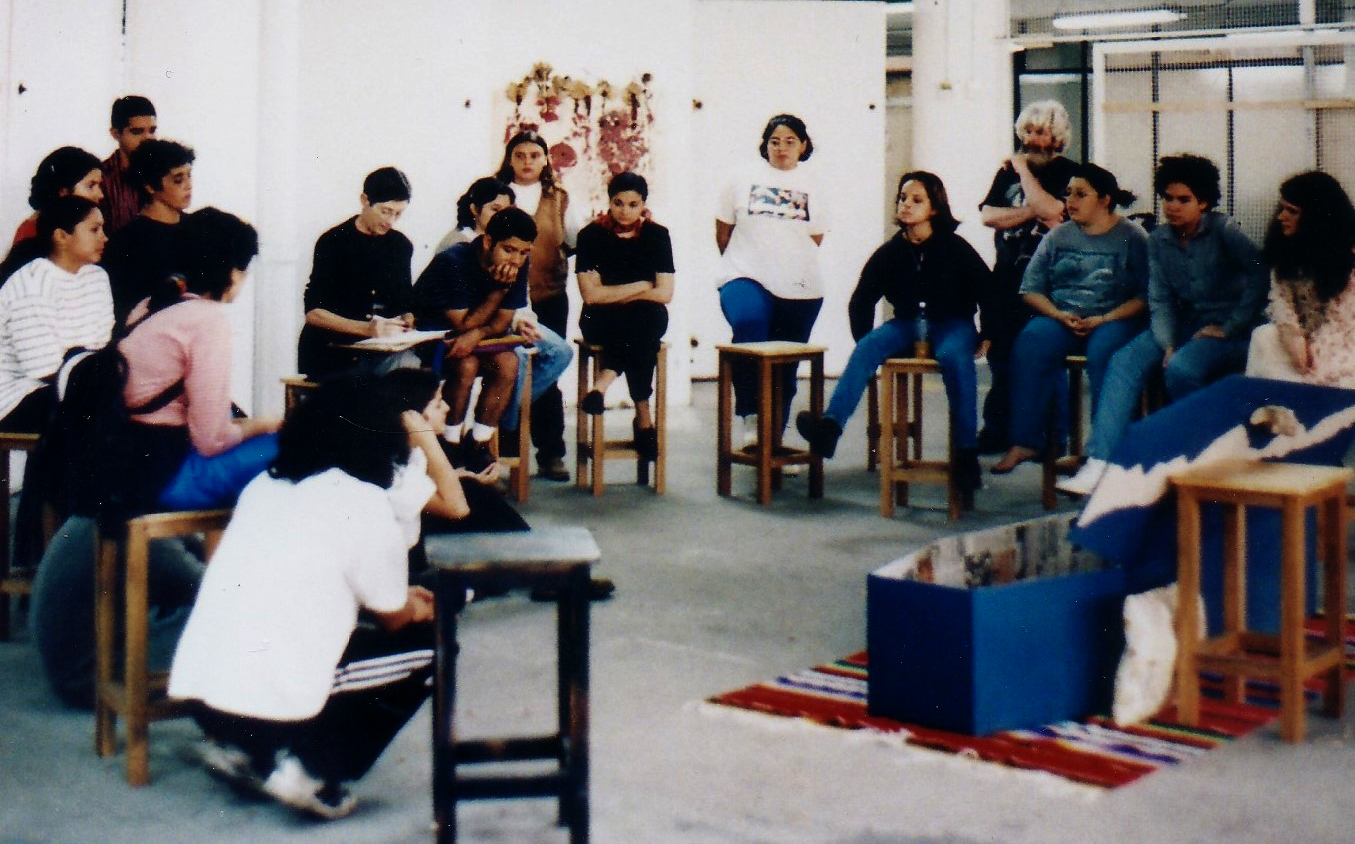

Several generations of artists inscribed in the historiography of Venezuelan arts taught at the Academia de Bellas Artes—Antonio José Carranza (the teacher of Martín Tovar y Tovar), Eloy Palacios, Antonio Herrera Toro, Emilio Mauri, Carlos Otero—as well as at the subsequent Escuela de Artes Plásticas. Masters such as Antonio Edmundo Monsanto, Pedro Ángel González, Armando Lira, Marcos Castillo, and Rafael Monasterios, among others, trained the artists who would later become the generation of geometric abstraction, that of Los Disidentes—Alejandro Otero, Jesús Soto, Mateo Manaure, Pascual Navarro, Dora Hersen—but also that of artists such as Mary Brandt and Reina Herrera. In turn, some members of Los Disidentes, upon their return to the country after their stay in France, would become part of the teaching staff of the school they rebelled against: Otero would go on to teach Elsa Gramcko, Ligia Olivieri, Alirio Palacios, Juvenal Ravelo, and Pedro León Zapata, to name a few.
It is essential to point out that the insertion of women in formal art studies occurred late: although towards the end of the 19th century, the learning of drawing and painting was encouraged among young women of the "well-to-do" class as part of an education that, in many cases, also included music—considered, together with sewing, as attributes that a lady of society should have6—it was a learning process carried out in the domestic sphere through private lessons. Examples of this are the artists Elisa Elvira Zuloaga, María Luisa Zuloaga de Tovar, and Carmen Elena de Las Casas, who received lessons from Ángel Cabré y Magrinyá (the father of Manuel Cabré), in a studio built by Nicomedes Zuloaga in his own home.
In 1897, the Escuela Federal de Dibujo para Damas [Federal Drawing School for Ladies] opened its doors, but it was not until 1928, with the opening of Carlos Otero Vizcarrondo's Academy,7 that women were allowed to study with live nude models. It was not until the mid-1940s that women artists began to have access to the training offered by the Escuela de Artes Plásticas y Aplicadas de Caracas.
Therefore, if one were to trace a genealogy of the training of Venezuelan artists from the beginning of the 20th century to the end of the 1980s, the Escuela de Artes Visuales Cristóbal Rojas would come about as the direct heir of the long tradition of artists teaching artists, owing to the learning system imparted, initially, through the workshops of the masters, and later, at the Academia de Bellas Artes.
The training institutions mentioned by the rest of the participants are various and differ in minor percentages: some come from the School of Arts of the Universidad Central de Venezuela, with a training focused on a theoretical approach, who later also undertook studies in a practical training institution, such as IUESAPAR; other artists graduated from the Instituto Pedagógico de Caracas, some of which were, in turn, also teachers of other respondents; there are artists trained in design schools such as the Instituto de Diseño Neumann, the Instituto de Diseño de Caracas or the Instituto Villasmil; and those trained in the photographic field, coming from the Organización Nelson Garrido (which ceased its activities in 2022), the Centro de Investigaciones y Estudios Fotográficos (CIEF), and the Taller de Fotografía de Roberto Mata (all in Caracas). Some of them later studied at the International Center of Photography in New York.
Several artists between the ages of 50 and 80 undertook training and specialization studies abroad, including schools such as the San Francisco Art Institute, the Art Students League of New York, and fine arts academies in Italy: Palermo, Rome, and Brera.
Another portion of young artists in the sample was trained in the western part of the country: at the Universidad de Los Andes—in the Faculty of Arts, founded in 2005—and at the Universidad del Zulia—in the Experimental Faculty of Arts, founded in 1999, or at the School of Social Communication. These academic spaces represent an educational and systematic "decentralization" in the last two decades, although the work carried out at schools such as the Julio Árraga School in Maracaibo, since the mid-seventies, and the Centro Experimental de Arte in Merida, since 1965, had already opened up a path.
Representation of Female Referents
When asked about the most influential teaching figure during their training years, the respondents brought up a heterogeneous and extensive list of names, with some professors coming up repeatedly, although none reached 5% of the entries. Among these influential professors, Antonieta Sosa has the highest number of mentions with 3.2%; followed by Sandra Pinardi (deceased in April 2022), with 2.8%; Consuelo Méndez, Víctor Hugo Irazábal, and Nelson Garrido with 2.4%; Carmen Hernández, Douglas Bermúdez, Humberto Ortiz, and Javier Level with 1.6%; Luis Marín, Luis Lizardo, Neydalid Molero, Nancy Urosa, Rommel Hervez, Santiago Pol, Teresa Gabaldón, Jorge Domínguez Dubuc, and José Luis Blanco with 1.2%; and a large group of mentions with a percentage of 0.8%, among them: Rafael Castillo Zapata, Zeinab Bullhosen, Corina Briceño, Gladys Medina, María Eugenia Arria, María Luz Cárdenas, Lorena González, José Ramírez, and Pedro Terán. Most of the professors mentioned were part of the faculty staff of the Instituto Universitario Armando Reverón (IUESAPAR) or its later modification, UNEARTES.
Although the two most mentioned figures in this section were Sosa and Pinardi, the average number of mentions of influential professors mostly leans toward the male gender, with 60.8%.
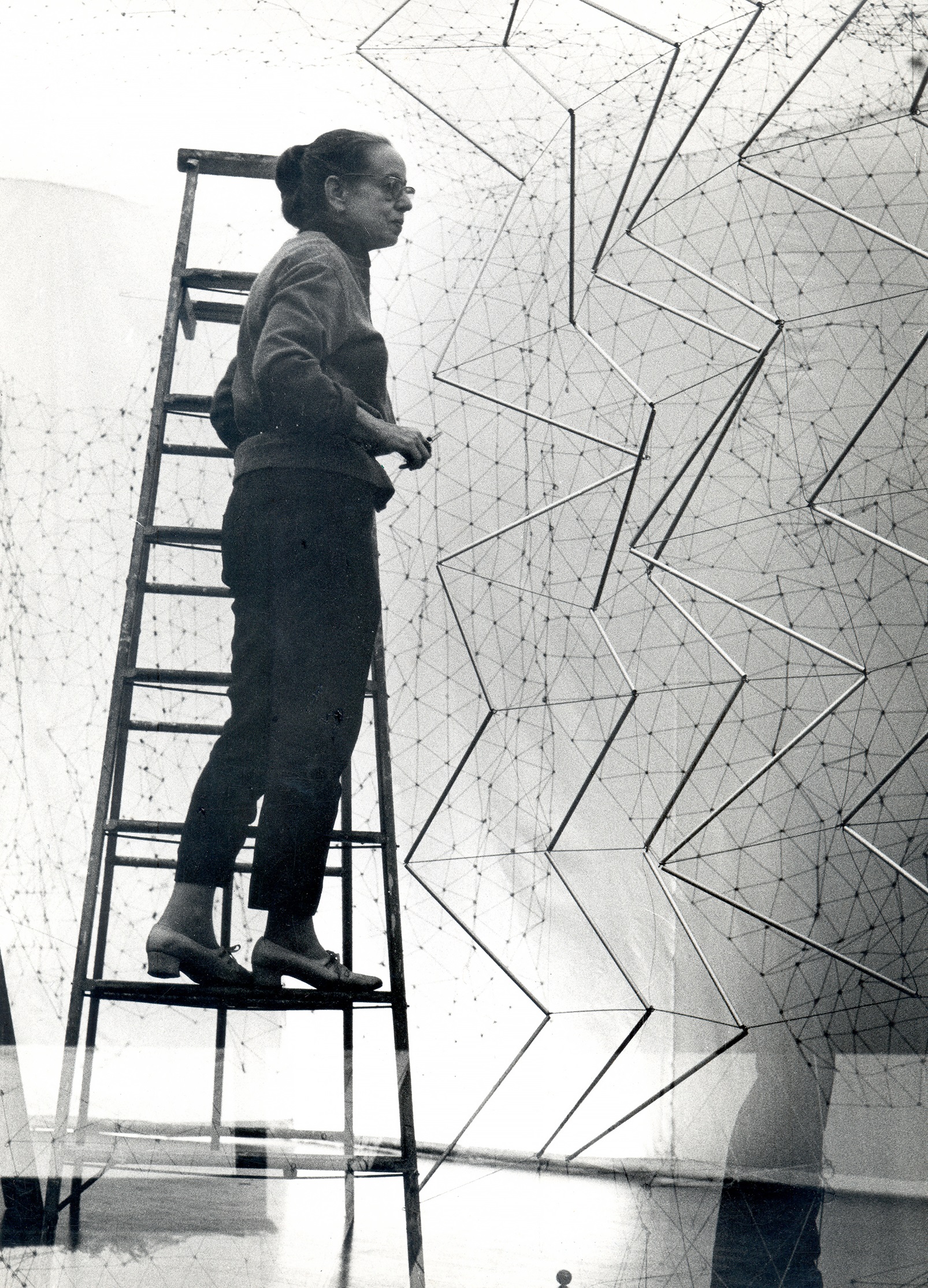
Something similar happened when we asked about the referential artists—national or international—during their training stage. Hundreds of creators were mentioned, without any marked tendency. Joseph Beuys—perhaps the paradigm artist of the second half of the 20th century to the present day—was the most mentioned, with 1.8%; followed by Antonieta Sosa and Gego with 1.7%; Ana Mendieta with 1.6%; and Marisol Escobar, Louise Bourgeois, Nelson Garrido, and Armando Reverón, all with 1.1% of the mentions. Although among the eight artists with the most mentions were five female artists, when reviewing the total number of responses, we found, however, that 66.6% of the references belonged to the male gender; 30.3% to the female gender; and the remaining 4.1% was distributed among artist collectives or movements; followed by male-female, male-male, and, lastly, female-female duos, as in the case of Yeni and Nan.
The fact that artists such as Sosa, Gego, Mendieta, Escobar, and Bourgeois are among the most resonant names in this list is not a minor detail: most of them had retrospective or vindicating exhibitions of their work produced within the last decade. These results could suggest that these exhibitions have indeed helped to disseminate or deepen the knowledge of their works, allowing greater access to their processes.
Considering that 50% of the respondents identified themselves as women, 44.6% as men, and 5.4% as non-binary; and although 72.9% of the participants in the survey belong to generations born after the third feminist wave of the 1960s—and, therefore, grew up in a society with greater openness towards the claims for women’s equity and their representation—the results, both of the teaching referents and the influential artists in the training stage, seem to reveal a hierarchical presence of the masculine over the feminine in the Venezuelan art system.
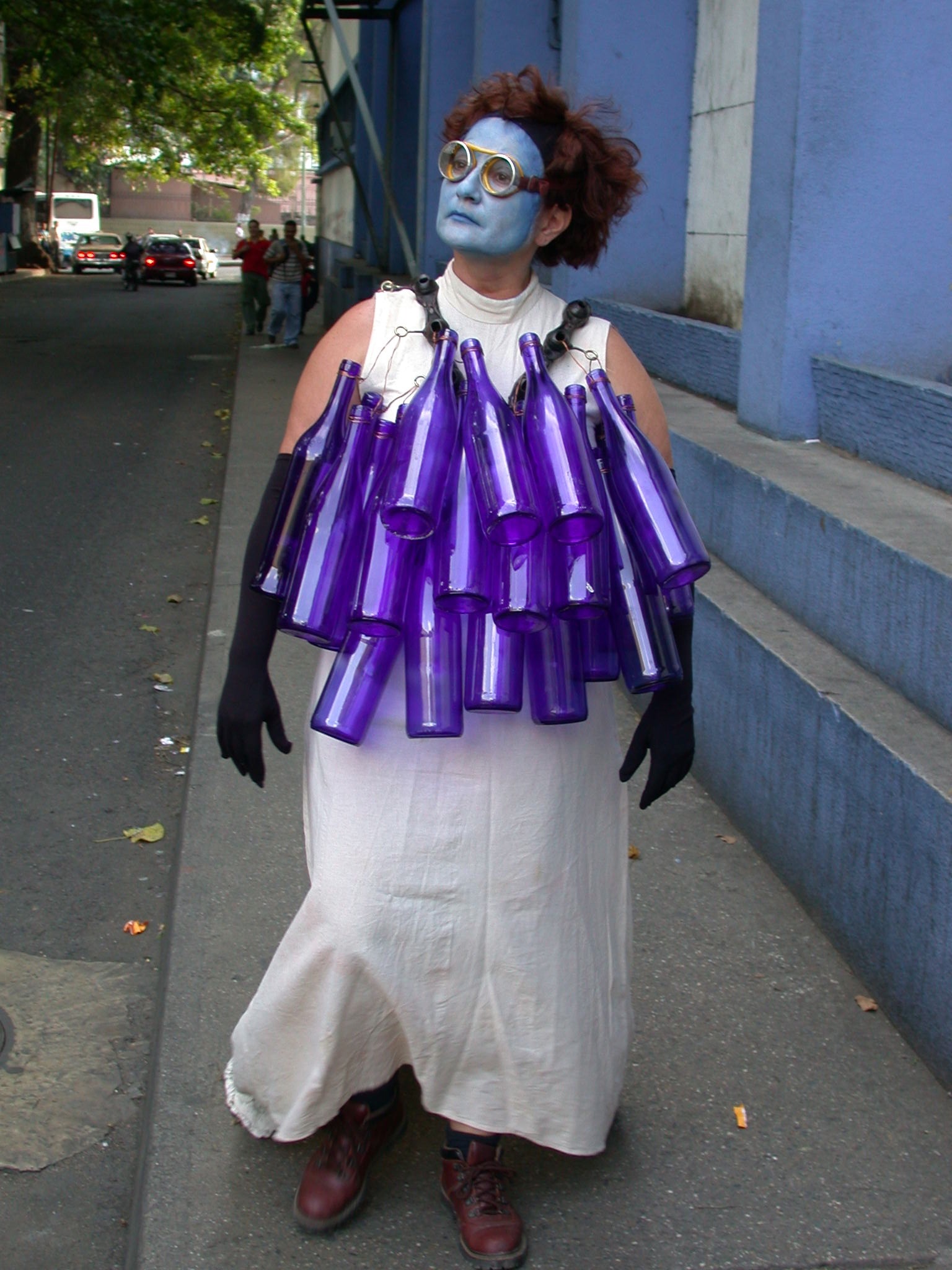
In addition to gender, this canon would also affirm painting as the privileged medium. Although the answers regarding the practices linked to different media varied, among the male referential artists, painting obtained 29.8% of mentions, followed by mixed media and photography. In the case of the media linked to female artists, mixed media reached the highest percentage, with 32%, followed by painting and photography. This would ratify the perception that the pictorial language is a medium of great persistence and rootedness in Venezuelan arts, perhaps because it is the most closely linked to the modern ideas of technical difficulty regarding the capabilities of a "good artist." One might also think that the professorships with greater weight and rigor within art institutions have been, traditionally, those of painting.
The Artists Have a Say
The artists participating in the survey were also asked about the creators or themes that, from their current experience, they consider should be included in art education curricula in Venezuela. This question sought to determine the possible shortcomings they found in their training or professional development. Once again, the results yielded a wide range of answers.
Within this diversity, it could be said that there are three types of themes around which the results are grouped. On the one hand, there are those linked to dissident practices or non-hegemonic themes: the work developed by underrepresented actors—women artists, racialized artists, queer artists, art and activism.
On the other hand, issues related to the reflection around the work, through theoretical questions that discuss the way of making art, or those associated with current artistic practices—such as the incorporation of new technologies or collaborative works. Finally, the issues associated with the art market—commercialization of the work, public relations, and marketing—that is, the practical aspects linked to monetization and self-management within the very system they are part of.
Thus, the arguments that obtained more mentions were Women artists, with 4.7%; Gender studies and queer art, with 3.4%, Commercialization of the work and Dissident artists with 3%; Latin American contemporary art, Digital art, and Art and ecology with 2.6%; Racialized artists and Interdisciplinarity with 2.2%; Contemporary Art, Body Art, Native Peoples' Art, Textile Art, Venezuelan Art, Contemporary Venezuelan Art, Art Research and theory, and Marketing with 1.7%; Project management, Critical thinking, Performance art, Art and artificial intelligence, Art and activism, Emerging artists with 1.3%; and Public relations, Collaborative practices, Portfolio, and Curatorship, among others, with 0.9%.
The themes associated with dissident practices and underrepresentation, as well as processes traditionally categorized (usually with disdain) as "feminine"—textile art, body art—were proposed in higher percentages by artists identified as women or non-binary. This seems to confirm the need of a significant sector of the artistic community to see itself represented through themes that have been neglected by academia, which may have been a deficit during their training.
Likewise, some artists openly expressed the difficulties they encountered, as students, to find references or connections to their own research processes, related to feminine issues or dissident practices, through their teachers. One might wonder if this could reside in the very difficulty that the work of women artists finds for being disseminated on a larger scale and the reduced visibility that their themes face; hence, it is not surprising that their dissemination becomes elusive even for the teachers themselves. These formative experiences influenced the way they now approach their own teaching practices. That is why some of the women artists consulted claim to intentionally incorporate references to other women artists in their professorships or workshops.
Seen as a whole, the other artistic topics or processes mentioned linked to theoretical aspects, do not show a particular tendency in terms of gender. The shared interest in aspects such as marketing and the commercialization of the work is a clear indication of the artists' current need to self-manage themselves adequately within a structure whose workings are completely alien to them. This is possibly due to the fact that the economic aspect has been disregarded in art education—attaching greater weight to technical or creative aspects—even though it represents a fundamental part of the art system: the market generated around the work.
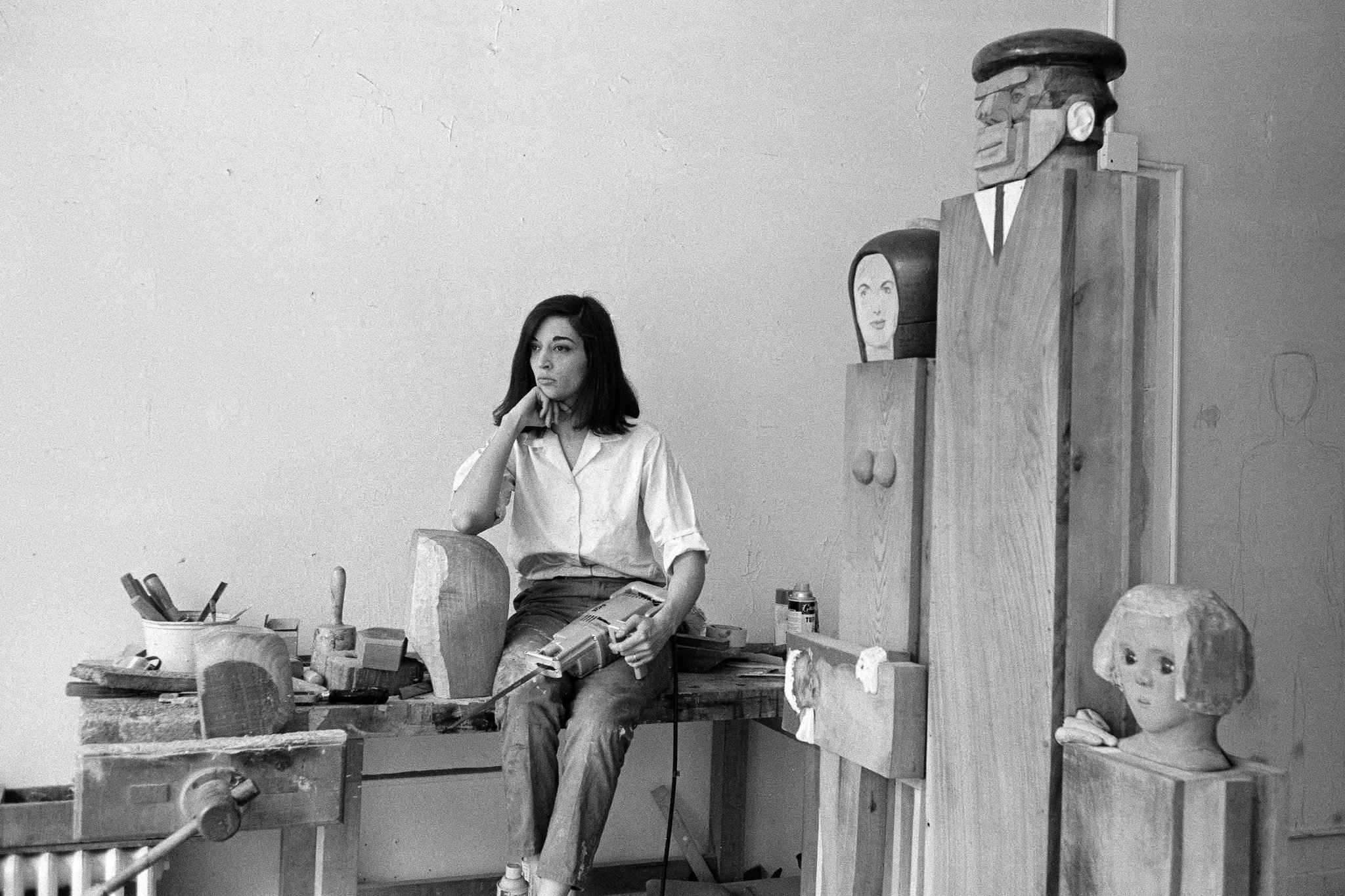
Based on the results of this reduced survey, rather than pointing out the existing differences between genders in a Manichaean exercise of women versus men, this initial mapping of referents in Venezuelan art indicates and reaffirms what scholars from other fields have asserted in their research: the establishment of the figure of the male artist, and practices associated with the masculine, as the canon.
Becoming aware of the existence of a canon that governs the consecration of artists and referential processes and, therefore, of a persistent hierarchy in which gender continues to be a determining factor in establishing the taste and authorized knowledge of a time,[8] is fundamental to initiate the necessary changes in the structures of the art system. Such changes could be encouraged from the educational spheres themselves, not only favoring the vindication and dissemination of the work of women artists, but also the eradication of the canon.
